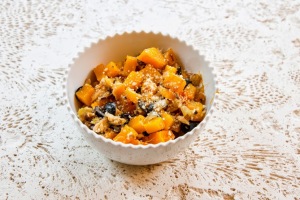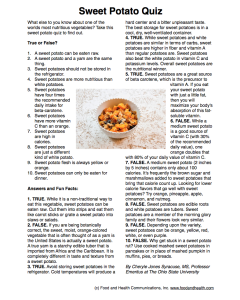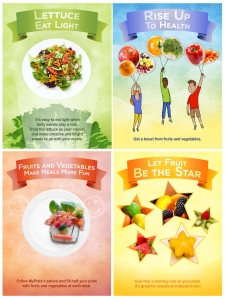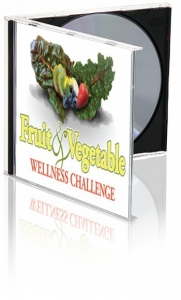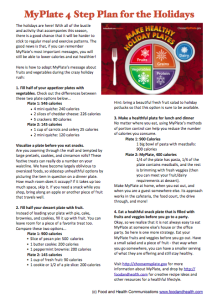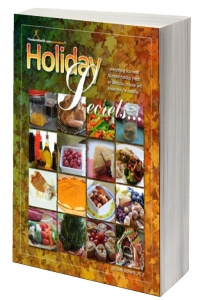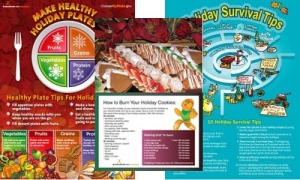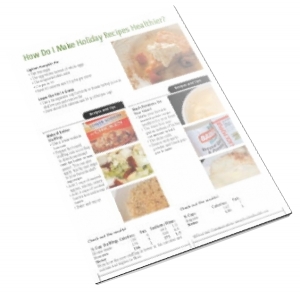They’re orange and you eat them with lots of marshmallows at Thanksgiving.
What else do you know about one of the worlds most nutritious vegetables? Take this sweet potato quiz to find out.
- A sweet potato can be eaten raw.
- A sweet potato and a yam are the same thing.
- Sweet potatoes should not be stored in the refrigerator.
- Sweet potatoes are more nutritious than white potatoes.
- Sweet potatoes have four times the recommended daily intake for beta-carotene.
- Sweet potatoes have more vitamin C than an orange.
- Sweet potatoes are high in calories.
- Sweet potatoes are just a different kind of white potato.
- Sweet potato flesh is always yellow or orange.
- Sweet potatoes can only be eaten for dinner.
Answers and Fun Facts:
1. TRUE. While it is a non-traditional way to eat this vegetable, sweet potatoes can be eaten raw. Cut them into strips and eat them like carrot sticks or grate a sweet potato into slaws or salads. To avoid browning, rinse the cut sweet potatoes in cold water before serving.
2. FALSE. If you are being botanically correct, the sweet, moist, orange-colored vegetable that is often thought of as a yam is the United States is actually a sweet potato. A true yam is a starchy edible tuber that is imported from Africa and the Caribbean. It is completely different in taste and texture from a sweet potato. Did you know that the USDA requires that those orange-colored sweet potatoes (that most folks think are yams) be labeled sweet potatoes?
3. TRUE. Avoid storing sweet potatoes in the refrigerator. Cold temperatures will produce a hard center and a bitter unpleasant taste. The best storage for sweet potatoes is in a cool, dry, well-ventilated container. No, a plastic bag is not a good storage option. For long-term storage, keep sweet potatoes at 55-60 degrees Fahrenheit. If a sweet potato is kept at above 60 degrees, then it will begin to shrink and sprout. Once you’ve cut or cooked your sweet potatoes, then they should be refrigerated.
4. TRUE. While sweet potatoes and white potatoes are similar in terms of carbohydrates, sweet potatoes are higher in fiber and vitamin A than regular potatoes are. Sweet potatoes also beat the white potato in vitamin C and potassium levels. Overall sweet potatoes are the nutritional winner.
5. TRUE. Sweet potatoes are a great source of beta carotene, which is the precursor to vitamin A. Sweet potatoes have more beta-carotene than carrots! If you eat your sweet potato with just a little fat, like a bit of butter, then you will maximize your body’s absorption of this fat-soluble vitamin.
6. FALSE. While a medium sweet potato is a good source of vitamin C (with 30% of the recommended daily value), one orange doubles that with 80% of your daily value of vitamin C. If you want to go over the top with vitamin C, then whirl cooked mashed sweet potato, orange juice, vanilla yogurt, and a little vanilla extract in the blender for a sweet potato smoothie.
7. FALSE. A medium sweet potato (2 inches by 5 inches) contains only about 100 calories. It’s frequently the brown sugar and marshmallows added to sweet potatoes that bring that calorie count up. Looking for lower calorie flavors that go well with sweet potatoes? Try orange, pineapple, apple, cinnamon, and nutmeg. There are some great recipe ideas over in the Food and Health recipe archives.
8. FALSE. Sweet potatoes are edible roots and white potatoes are tubers. Sweet potatoes are a member of the morning glory family and their flowers look very similar. Sweet potatoes are native to the United States.
9. FALSE. Depending upon the variety, sweet potatoes can be orange, yellow, red, white, or even purple.
10. FALSE. Why get stuck in a sweet potato rut? Use cooked mashed sweet potatoes in pancakes or in place of mashed pumpkin in muffins, pies, or breads.
By Cheryle Jones Syracuse, MS, Professor Emeritus at The Ohio State University
Here’s a PDF of the sweet potato quiz, with all that great information in one free handout! Get your copy today!
Looking for more ways to make nutrition education fun? Try these resources!



